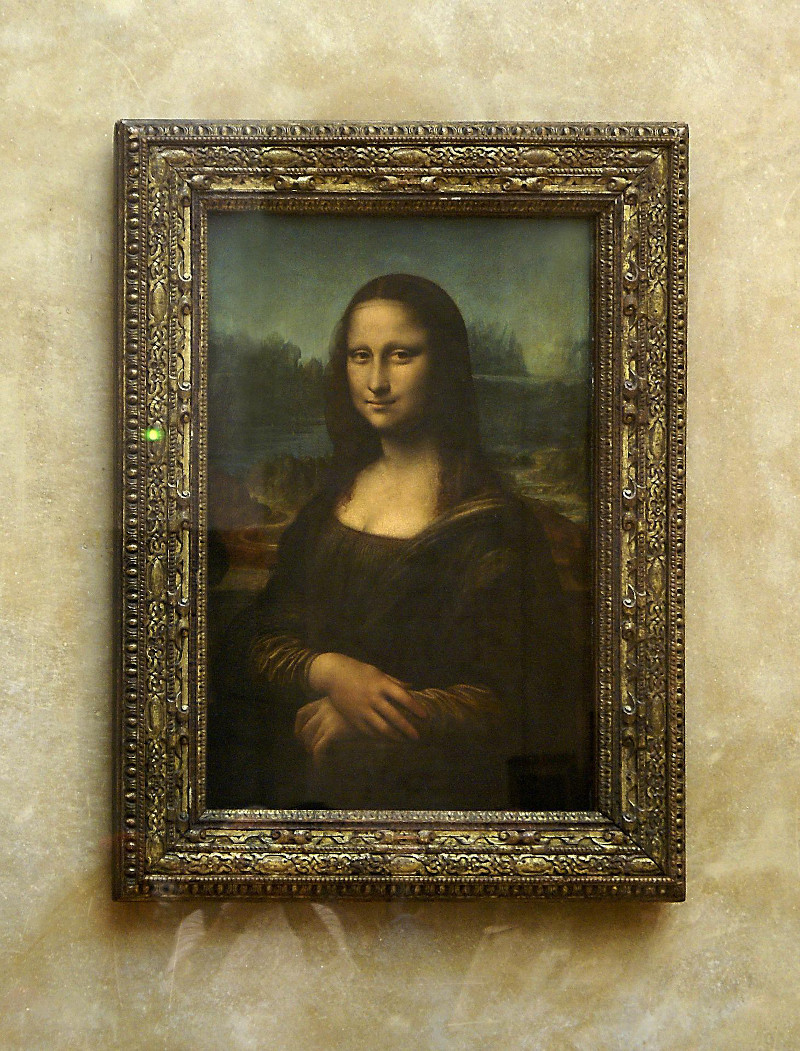Key concepts in NFT I - Digital Ownership
In our mini-series we will explore key concepts of NFTs, which will hopefully help us better understand the fundamentals of NFTs.
‘Yes, but…’
When I bumped into the concept ‘digital art’ a decade ago, the first question that popped up in my mind was “Sure, but these are digital images that can be copied, what is the point of ‘owning’ them?”. I bet you had similar thoughts when you first heard about NFTs (you might still have them).
“I can go to the image on my screen, point my cursor on the image, right-click on my mouse, hit the save or download button and voila! I have a copy of that image on my computer”. Sure! But do you really own that image? What is ‘ownership’.
In our non-digital or physical life, we do own ‘things’ by physically being put under our possession. We have a computer and a mobile phone at home that we actually own. It is quite solid and easy to understand.
In digital life, this is a bit complicated. Digital ownership does not necessarily mean having a single copy of an image. It is having the ‘ownership certificate’ of such an image and that is the NFT that gives the holder ownership of that object.
How do we know that? Well, as we mentioned in our previous post, the artist that created such an image, creates (mints) the ownership certificate on the blockchain. Blockchains are immutable - meaning you cannot change past data - this is almost impossible due to technical specification of blockchains. Blockchains are also transparent (at least public ones) which means anyone can see the information recorded. So by holding the NFT that points to an object, an address would prove to everyone that it owns that object.
Another way to conceptualize this: Can you own a Mona Lisa portrait. Well, just visit Google Arts page on Mona Lisa and you will find an extremely high resolution copy of the portrait.
 |
|---|
| Image by Bronisław Dróżka from Pixabay |
There are many high-quality printers around. Just print this high-quality image on a piece of paper (the original is quite small - 77 cm x 53 cm) and hang it to your wall. When you have a visitor, show it to them (or better not as them may laugh at you). Does that make you the owner of Mona Lisa?. Obviously not, as everyone knows it resides at Louvre. Same principle here. When a digital image’s ownership is evidenced by NFT and recorded on a blockchain by the creator, now everyone knows where it is.
In fact, the owners of many NFTs never hide their collections. Just ask them whether they will be OK if you use that image. Why? The more the image is used around and widely known the more valuable it will be. Why do you think low-resolution CryptoPunk collection pieces, which were minted for free a couple of years ago, are now sold for more than 100,000 USD? The main reason is, everyone knows about them now and owning one of these is a status symbol.
We will continue our mini-series with fungibility and non-fungibility concepts.
This piece is first published in BlockchainIST Center on May 7th, 2022.
None of the views expressed in this article should be considered as investment advice
